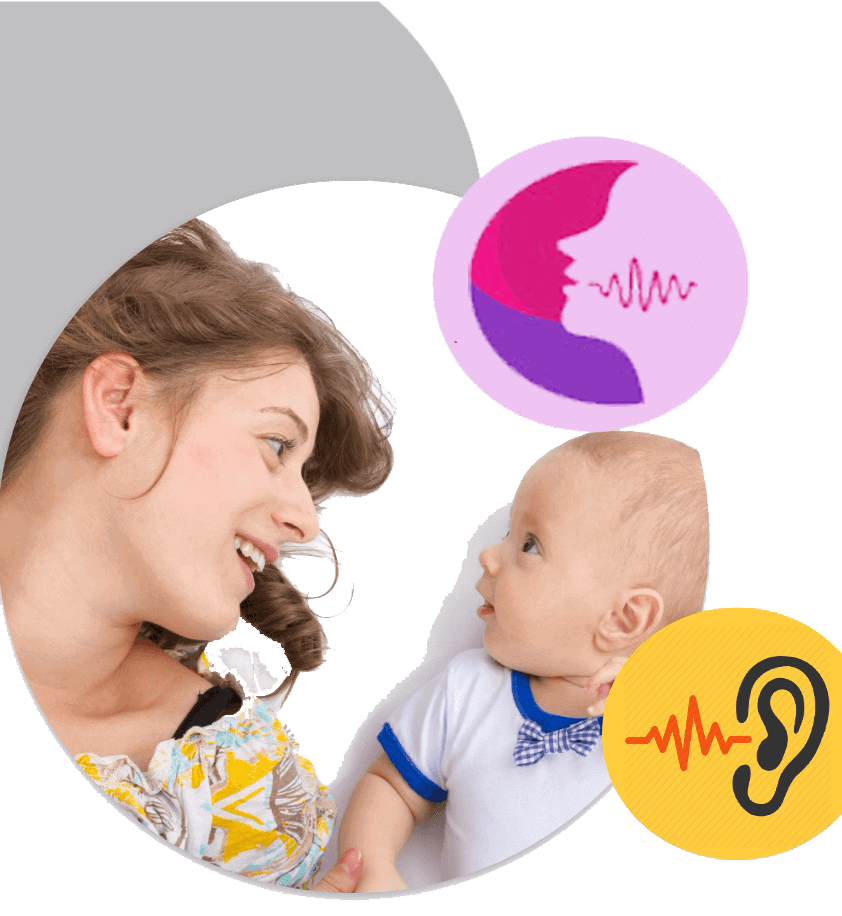What is Voice Disorders?
ou may have a voice disorder if you have a problem with pitch, volume, tone, and other qualities of your voice. These problems occur when your vocal cords don't vibrate normally.
Your voice is the sound that air makes when it is forced out of your lungs and passes over your vocal cords. Vocal cords are the 2 folds of tissue inside your larynx, also called the voice box. The vibration of those cords is what produces speech.


Examples of voice disorders
Laryngitis. Laryngitis is when your vocal cords swell. It makes the voice sound hoarse. Or you may not be able to speak at all. Acute laryngitis happens suddenly, often because of a virus in the upper respiratory tract. It often lasts just a few weeks. Treatment is to rest the voice and drink plenty of fluids. Chronic laryngitis is when the swelling lasts for a long time. Common causes include a chronic cough, using inhalers for asthma, and GERD. Treatment of chronic laryngitis depends on the cause.
Vocal cord paresis or paralysis. The vocal cords can be paralyzed, or partially paralyzed (paresis). This can be caused by a viral infection that affects your vocal cord nerves, an injury to a nerve during surgery, stroke, or cancer. If one or both of your vocal cords are paralyzed in a nearly closed position, you may have noisy or difficult breathing. If they are paralyzed in an open position, you may have a weak, breathy voice. Some people will get better over time. In other cases, the paralysis is permanent. Surgery and voice therapy may help improve the voice.
Spasmodic dysphonia. This is a nerve problem that causes the vocal cords to spasm. It can make the voice sound tight, quivery, or jerky, hoarse, or groaning. At times, the voice may sound normal. Other times, the person may not be able to speak. Treatment may include speech therapy and injections of botulinum toxin to the vocal cords.
What causes voice disorders?
For normal speech, your vocal cords need to touch together smoothly inside your larynx. Anything that interferes with vocal cord movement or contact can cause a voice disorder. Many voice disorders can be cured with treatment when diagnosed early.
Voice disorders can be caused by many factors. In some cases, the cause of a voice disorder is not known. Possible causes can include:
Growths. In some cases, extra tissue may form on the vocal cords. This stops the cords from working normally. The growths can include fluid-filled sacs called cysts, wart-like lumps called papilloma, or callus-like bumps called nodules. There may be patches of damaged tissue called lesions, or areas of scar tissue.

In some people, a band of tissue called a web can grow between the vocal cords. Other growths include a small area of chronic inflammation called a granuloma, and small blisters called polyps. Growths can have many causes, including illness, injury, cancer, and vocal abuse.
Inflammation and swelling. Many things can cause inflammation and swelling of the vocal cords. These include surgery, respiratory illness or allergies, GERD (acid reflux), some medicines, exposure to certain chemicals, smoking, alcohol abuse, and vocal abuse.
Nerve problems. Certain medical conditions can affect the nerves that control the vocal cords. These can include multiple sclerosis, myasthenia gravis, Parkinson disease, Amyotrophic lateral sclerosis (ALS), and Huntington disease. Nerves can also be injured from surgery or chronic inflammation of the larynx (laryngitis).
Hormones. Disorders affecting thyroid hormone, female and male hormones, and growth hormones can cause voice disorders.
Misuse of the voice. The vocal cords can be stressed by using too much tension when speaking. This can cause problems in the muscles in the throat, and affect the voice. Vocal abuse can also cause a voice disorder. Vocal abuse is anything that strains or harms the vocal cords. Examples of vocal abuse include too much talking, shouting, or coughing. Smoking and constant clearing of the throat is also vocal abuse. Vocal abuse can cause the vocal cords to develop calluses or blisters called nodes and polyps. These change how the voice sounds. In some cases, a vocal cord can rupture from vocal abuse. This causes the cord to bleed (hemorrhage), and can cause loss of voice. Vocal cord hemorrhage needs to be treated right away.
What are the symptoms of a voice disorder?
If you have a voice disorder, your voice may:
You may have tension or pain in your throat while speaking, or feel like your voice box is tired. You may feel a "lump" in your throat when swallowing, or feel pain when you touch the outside of your throat.